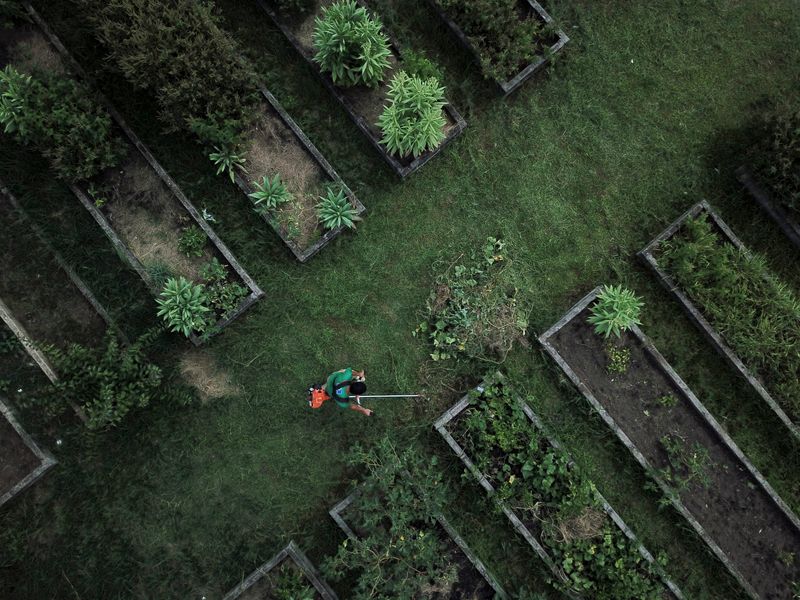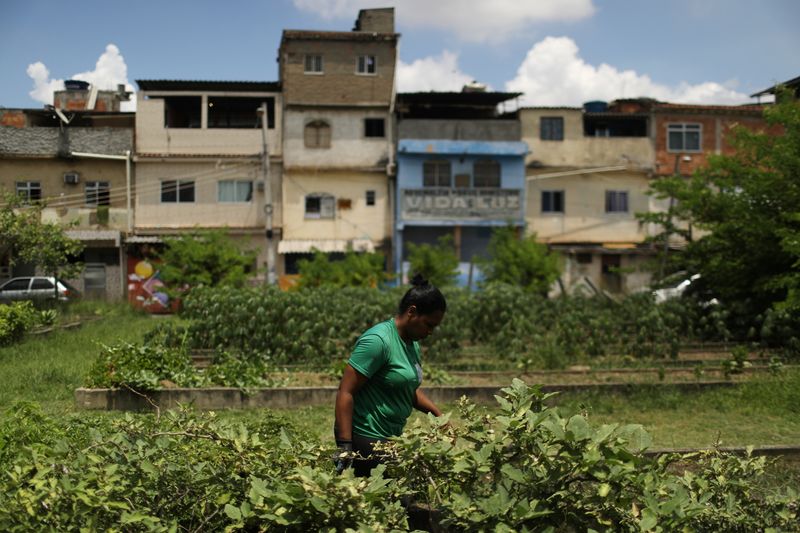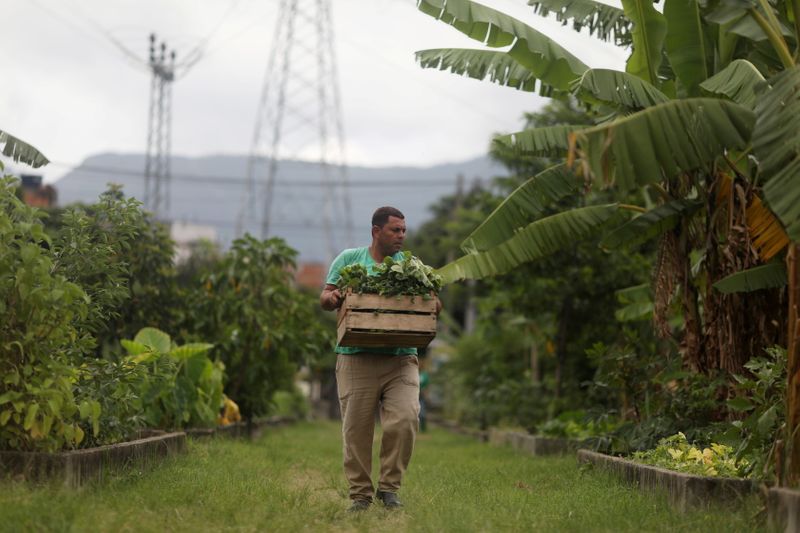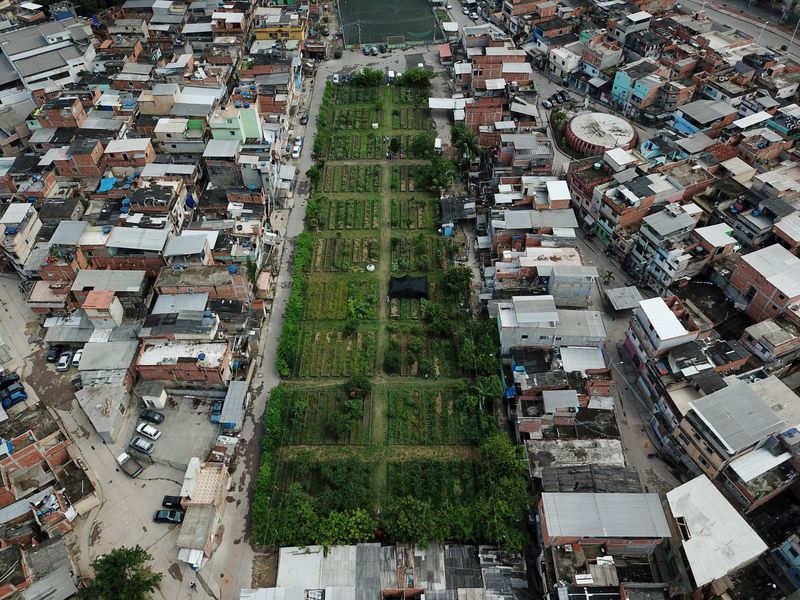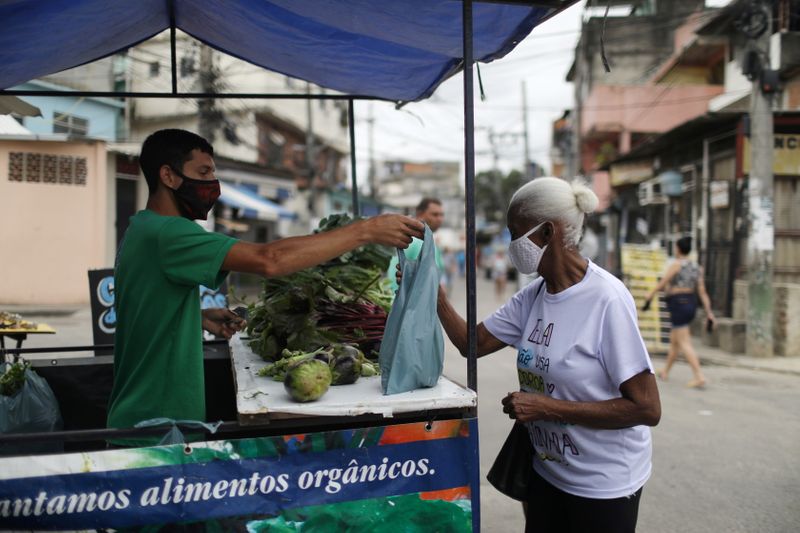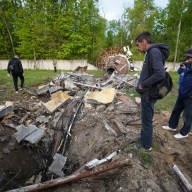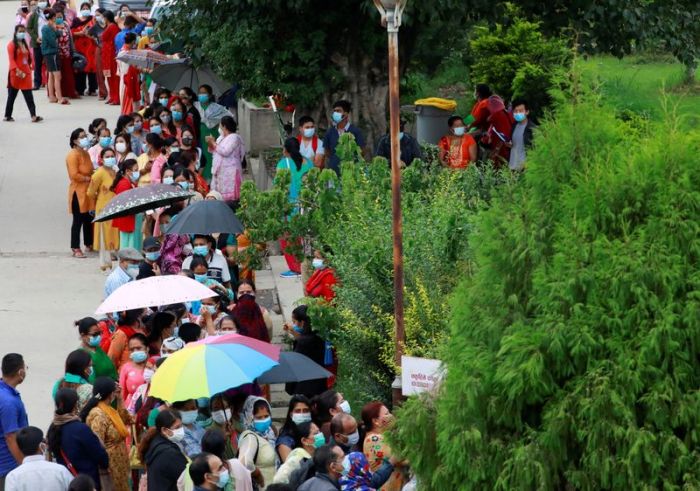RIO DE JANEIRO (Reuters) – The Manguinhos neighborhood of Rio de Janeiro, a slum where addicts once smoked crack and residents dumped trash, has been transformed into a community vegetable garden that now feeds some 800 families struggling with rampant food inflation.
The urban garden covers the area of four soccer fields, according to Rio de Janeiro’s “Hortas Cariocas” program coordinators, making it one of the largest of its kind in Latin America.
“This particular area was used as a ‘cracolândia’,” said Julio Cesar Barros, an agronomist employed by the city. “If you arrived here on a Wednesday at 10 in the morning, you could find two or three thousand people smoking crack in this area.”
Barros said he helped create the “Hortas Cariocas” project in 2006 to plant vegetables in various parts of the city and supply organic products to lower-income residents. He said urban gardens also helped prevent irregular occupation of dangerous areas prone to flooding or landslides.
“While I am planting [seeds] I am thinking that in a few days I will be harvesting this and taking it home to eat it,” said Diane Silva, an urban farm worker. “I know I am planting to harvest tomorrow … it gives a lot of pleasure to work in a garden, it is a job that we enjoy, I love this.”
The project has now expanded to 49 vegetable gardens across Rio, according to Barros.
Ezequiel Dias, a Manguinhos resident who helps to coordinate the project, said the initiative has transformed his community.
“It changed the face of Manguinhos… our communities need exactly this: peace, happiness and a better life.”
(This story was refiled to remove extraneous word from byline, corrects spelling of byline)
(Reporting by Sebastian Rocandio; Writing by Ana Mano; editing by Diane Craft)

